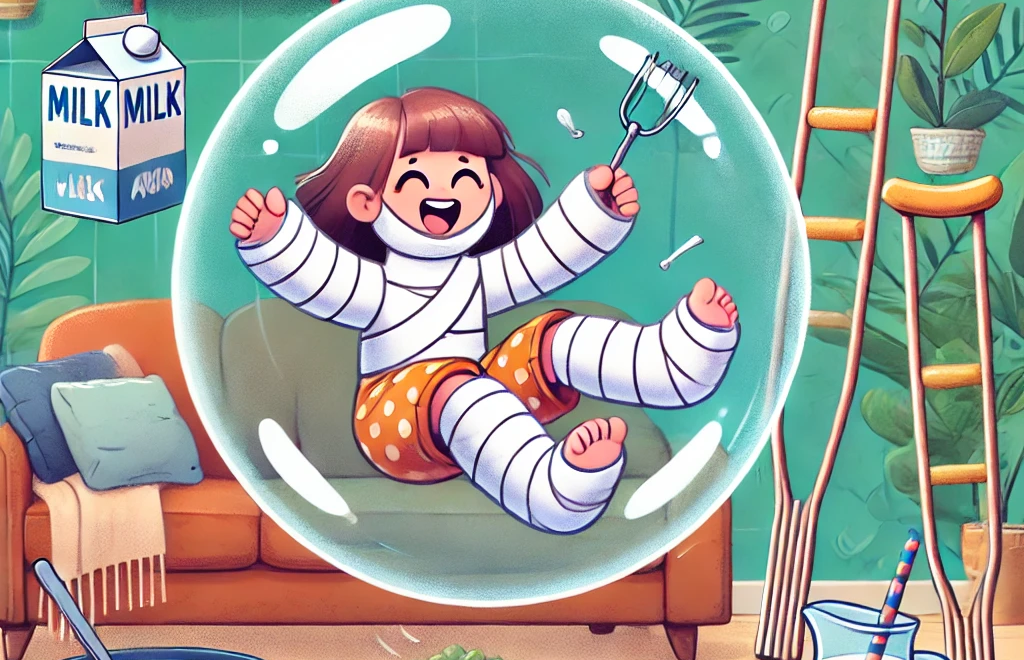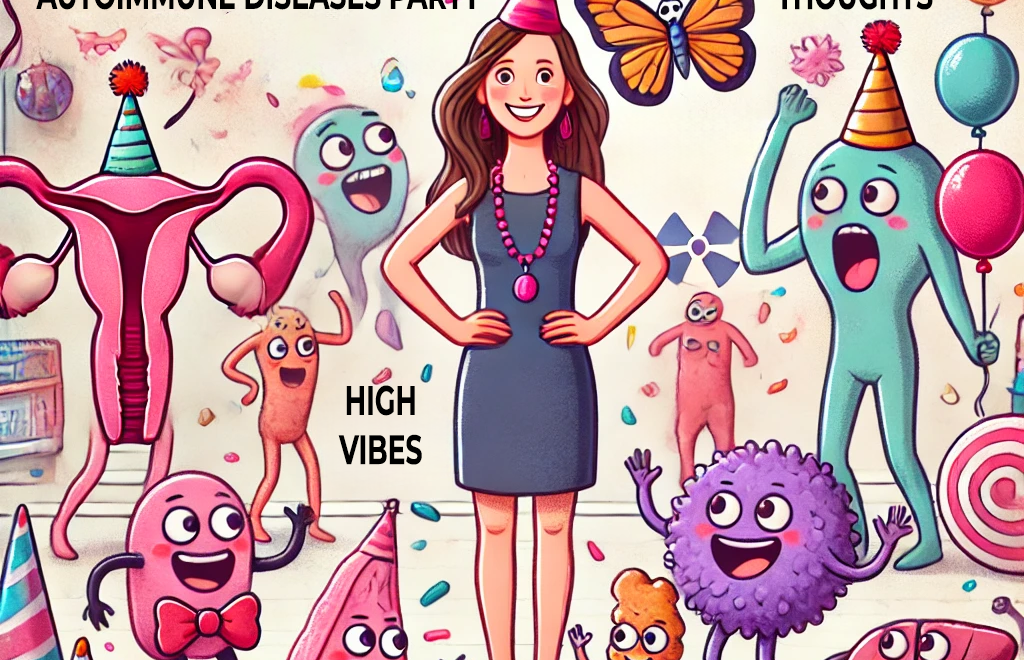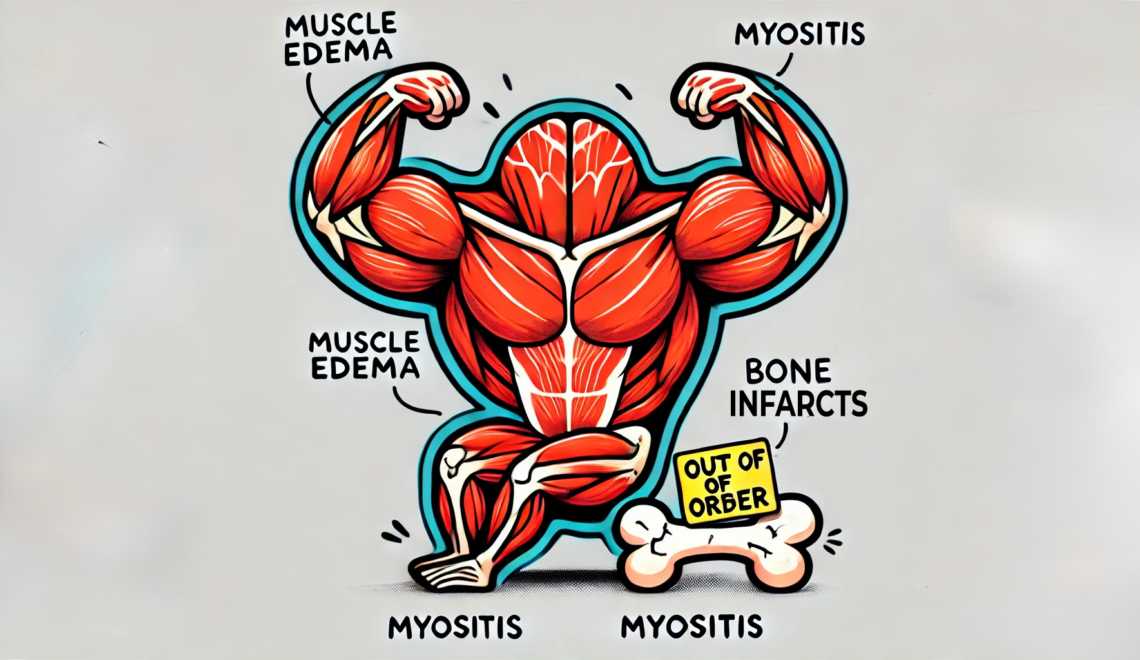Bones, Don’t Fail Me Now: A Journey Through My Bone Density Results (and Clumsy Mishaps)

Let me tell you a bone-chilling story—no, seriously. This one’s about my bone density test results, and like the rest of my body, they’ve decided to make things a little more interesting. Recently, I took a trip to my favorite place (sarcasm alert)—the doctor’s office—for a DEXA scan (that’s a bone density test for those of you not yet on a first-name basis with this delightful procedure). Now, for those of you who don’t have to keep tabs on your bone health like a detective on a stakeout, let me explain what this test is and why it’s important.
The Basics: What Is a Bone Density Test?
A bone density test is like a little snapshot of your bones’ strength. It measures how much calcium and other minerals are packed into your bones. Why does this matter? Well, strong bones mean you’re less likely to fracture something when life literally trips you up. Think of your bones like the framework of a house—if the walls are weak, it doesn’t matter how cute the decor is (which is, obviously, fabulous).
Now, in my case, being clumsy is basically a full-time job. And as someone with the coordination of a baby giraffe on roller skates, I can tell you firsthand that weak bones and falls don’t mix well. Case in point: I once managed to break both my ankles in my brother’s front yard. Yep, that happened. Oh, and let’s not forget the time I did a perfectly executed belly flop into a mud puddle, only to end up cracking a rib. If there’s a way to fall, I’ve done it—with style, of course. So, needless to say, keeping my bones strong is kind of a big deal for me.
My Bone Density Results: The Good, the Bad, and the Osteopenia
Drumroll, please… my bone density results are in, and it looks like my bones decided to throw me a little curveball. Here’s the breakdown:
- Spine Bones (L1, L3, and L4):
Two years ago, my spine was doing alright with a T score of -1.6. Not perfect, but definitely not in the danger zone. Fast forward to now, and my spine’s showing a T score of -1.7. A tiny drop, but enough to put me in the “osteopenia” club. Osteopenia is like the warning light in your car—it’s not a full-blown emergency, but it’s telling you to pay attention before things get worse. - Left Femoral Neck (Top of My Thigh Bone):
This one’s a bit more of a bummer. Two years ago, my T score was -1.6, but now it’s -1.9. Clearly, my left leg has been slacking on the job. Time to have a stern talk with it—like, “Hey, thigh bone, do you want to be part of the solution or part of the problem?” - Total Hip:
Ah, my hip. Always a solid performer. Two years ago, the T score was -1.2, and this time it held steady at…wait for it…-1.2 again! Not to brag, but I guess my hip’s just too cool to lose density. It’s probably my most stable relationship at this point.
So, What Does This All Mean?
For starters, it means that while my bones aren’t exactly crumbling, they’re not getting stronger, either. That’s why it’s important to keep up with these bone density tests, especially if you’ve got conditions like rheumatoid arthritis or you’ve been on meds that make your bones act up. Osteopenia is like a “heads-up” from your body that if you don’t take action, you could be on your way to osteoporosis, the full-blown diva of bone problems.
FRAX Score: Breaking Down My Fracture Risk (Because Apparently, I Can’t Stop Breaking Things)
This part is like fortune-telling, but for bones. According to my FRAX score, I’ve got a 2.4% chance of a major fracture in the next 10 years, and a 0.3% chance of a hip fracture. So, while I’m not planning on any dramatic tumbles, I’ll be keeping my eyes peeled for uneven sidewalks and stairs that think they’re ninjas. Given my history of, well, graceful falls, these numbers are a little too close for comfort. I’ve already been through the broken ankles and cracked rib situation, thank you very much.
FRAX Score: What Is It and Why Should You Care?
So, what’s this FRAX score I mentioned earlier? Basically, it’s a tool doctors use to predict the likelihood of you breaking a bone in the next 10 years. It takes into account factors like your bone density, age, gender, and other risk factors like rheumatoid arthritis (yep, got that) or chronic steroid use (hello, my life). Think of it like the weather forecast for your bones, but instead of predicting rain, it predicts your chances of experiencing a major fracture.
But Wait—Lower Percentages Aren’t Always Better?
Here’s where it gets a little mind-bending. Normally, in life, we want lower percentages—lower interest rates, lower cholesterol levels, lower numbers on the scale (except for the bones, of course). But with the FRAX score, a lower percentage can actually be worse. Say what? Let me explain.
In your FRAX score, the percentage you see represents your risk of fractures. The lower the percentage, the more fragile your bones may be. This is because the FRAX tool adjusts for things like how dense your bones are and how likely you are to fall or fracture something (looking at you, slippery mud puddle). So, if your risk percentage is too low, it might mean your bones aren’t strong enough to withstand even minor falls—kind of like how a fragile glass might break even if it’s just tapped lightly.
Now, let’s take my numbers as an example. I’ve got a 2.4% chance of a major fracture in the next 10 years. That might sound like I’ve got this in the bag, but when you add in my clumsy nature and the fact that my bones are starting to act like divas, I’d rather see a higher percentage, meaning my bones are more resilient. Low FRAX percentages can mean you’re one stumble away from being in a cast.
So, the moral of the story is: Keep your bones strong and your FRAX score in check. And if you’re like me and tend to trip over thin air, paying attention to your bone health might just save you from your next “adventure” to the ER.
Why You Should Care About Your Bones (Even If They’re Currently Behaving)
Bone health isn’t just for “old people” (whatever that means). Whether you’re feeling great or dealing with chronic illness, your bones are the silent warriors holding you up—literally. Taking care of them is key to staying active and avoiding pesky fractures that could turn your world upside down. Diet, exercise, and sometimes medications can all help keep your bones in fighting shape. Plus, calcium and Vitamin D are like the dynamic duo for bone strength—so don’t skip them!
How to Strengthen Your Bones (Because Who Doesn’t Want to Be Strong?)
- Eat Calcium-Rich Foods: Dairy, leafy greens, almonds—your bones will thank you.
- Get Your Vitamin D: Sunshine in a bottle, or, you know, from the actual sun (with SPF, obviously).
- Do Weight-Bearing Exercises: Don’t worry, you don’t have to become a bodybuilder. Even walking, dancing, or yoga can help.
- Quit Smoking and Limit Alcohol: I know, I know—don’t shoot the messenger.
Wrapping It Up: Let’s Keep These Bones Strong!
So, what did we learn today? Bone density tests are your friends—whether or not they tell you what you want to hear. Sure, my bones have been a little rebellious lately, but I’m ready to keep them in check with some TLC, the right nutrients, and maybe a few more yoga sessions. And if you’re as clumsy as I am, it’s even more important to make sure your bones are up to the challenge. After all, it’s not a matter of if I’ll trip and fall—it’s just a matter of when.




